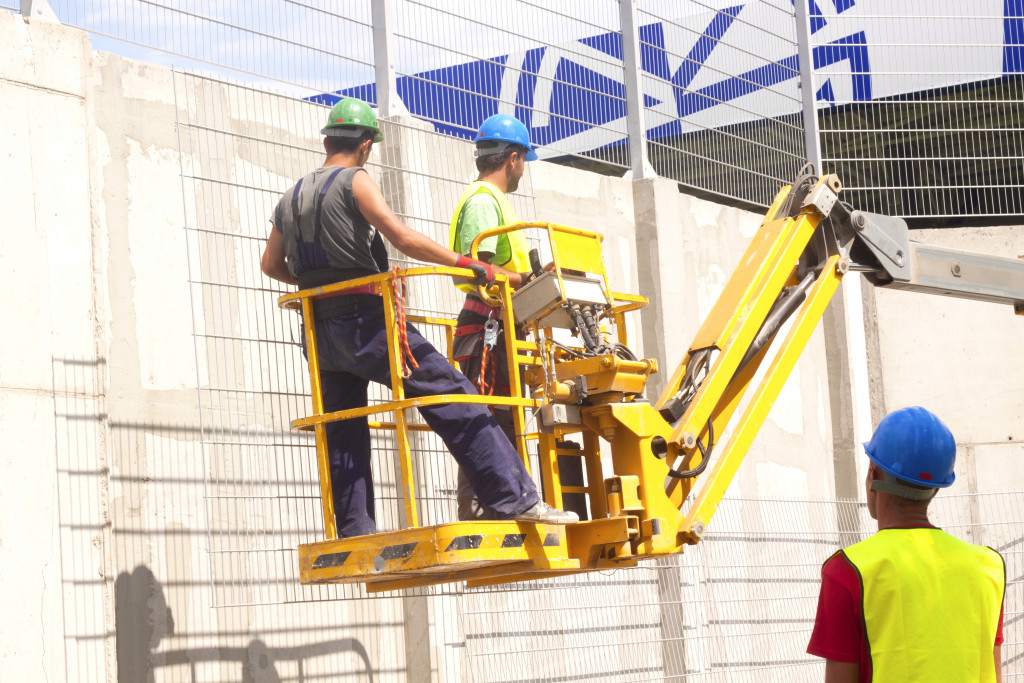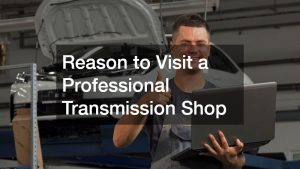It’s no secret that construction work can be dangerous. Every day, workers face the risk of severe injury or death. But while there are hazards inherent in any construction project, there are ways to reduce those risks — including following safety guidelines for construction vehicles. This is crucial because vehicles are among the heaviest construction equipment.
One of the most important reasons to follow safety guidelines for construction vehicles is to protect workers. Many workers are injured or killed in accidents involving construction vehicles every year. Following safety guidelines can help prevent these accidents and thus help protect workers’ safety.
Another reason to follow safety guidelines for construction vehicles is to avoid delays in projects. Construction projects often rely on a tight timeline, and any delay can cause problems. If a construction vehicle accident occurs, the project may be delayed by the time it takes to repair the damage and by the time it takes to investigate the accident. This can cause significant disruptions, cost overruns, and even penalties.
Finally, following safety guidelines for construction vehicles can help avoid business liability. If an accident occurs and someone is injured or killed, the company may be sued. By following safety guidelines, you can reduce the risk of an accident occurring and thus reduce your chances of being sued.
This article will discuss some of the most essential tips to follow regarding construction vehicle safety.
Construction Vehicle Maintenance
One of the most important things to ensure construction vehicle safety is appropriately maintaining the vehicles. This means regularly servicing and repairing them and ensuring that they are clean and in good condition.
Servicing includes things like oil changes, tune-ups, and other routine maintenance. Repairing involves fixing any damage or problems that are found. Ensure that all equipment replacement parts pass quality standards when repairing construction vehicles. Do not choose lower-priced parts from unvetted suppliers as these may be substandard and cause more problems.
It’s essential to have a regular schedule for servicing and repairing construction vehicles. This schedule should be based on the manufacturer’s recommendations and on your own company’s experience with the vehicles. For example, you may want to service construction vehicles more often if your company operates near the sea, where the air is more corrosive.
You should also have a system for tracking when each construction vehicle was last serviced or repaired. This information should be easily accessible to anyone who needs it, such as the person responsible for maintaining the vehicles.
It’s also important to regularly inspect construction vehicles for problems. This can be done by a qualified mechanic. Still, it’s also a good idea for someone from your company to do an inspection on each vehicle before it’s used. This inspection should include checking the tires, brakes, and lights. If any problems are found, the vehicle should be taken out of service until it can be repaired.

Operator Training and Certification
Another essential tip for construction vehicle safety is ensuring that all operators are properly trained and certified. Construction vehicles are complex machines, and it takes time and experience to learn how to use them properly.
Before allowing anyone to operate a construction vehicle, you should ensure that they have received the proper training. This training should be specific to the type of vehicle. For example, someone operating a bulldozer will need different training than someone who will be using an excavator.
In addition to training, operators should also be certified. Certification shows that an operator has the knowledge and skills necessary to safely operate a construction vehicle.
It’s important to note that certification is not a substitute for training. An operator who is certified but not properly trained is still a danger to themselves and others. Always make sure that operators have both certification and training before allowing them to operate a construction vehicle. Ensure that both the training and certification are accredited by the Occupational Safety and Health Administration (OSHA).
Vehicle Safety Features
Another important tip for construction vehicle safety is to take advantage of the safety features that are available on modern construction vehicles. These features can help prevent accidents and injuries, making your job site safer for everyone.
One example of a safety feature that is available on some construction vehicles is a rollover protective structure (ROPS). This is a cage-like structure that surrounds the operator’s area and protects them in the event of a rollover. ROPS are required on many types of construction vehicles, such as bulldozers, and can be retrofitted onto older vehicles.
Another type of safety feature that is available on some construction vehicles is a seat belt. While seat belts are not required on all construction vehicles, they are a good idea if they are available. Seat belts can help keep operators safe in the event of an accident, and they can also help prevent operator fatigue.
Operator safety is also increased by the use of enclosed cabs on many construction vehicles. Enclosed cabs protect operators from things like falling debris, dust, and inclement weather. They also provide a barrier between the operator and other people on the job site, which can help prevent accidents.
Safety Improves Your Business Revenue
Following these tips can help you create a safer job site, which can have a number of benefits for your construction business. A safer job site is a more productive job site, which can lead to increased revenue. In addition, a safer job site is less likely to be the subject of lawsuits or insurance claims. By taking steps to improve safety, you can protect your business and your bottom line.





